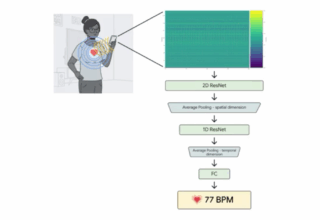
All over the world, businesses are starting to integrate everything. Facility Source reviews, for example, speak of nothing else anymore but how facilities management has now been integrated. It is also expected that, by 2021, the industry will be worth some $152.7 billion. This, more than anything, describes just how important it is to bring all elements of facilities management together. Yet, only 33% of managers see themselves as integrated and 66% feel they need to understand it more.
Facility Source Reviews the Risks of Disjointed Management
When facilities managers and systems are disconnected, the total cost of ownership (TCO) goes up. Independent systems lead to data inefficiencies and silos, which in turn increases risks to companies. When businesses operate across multiple sites, this creates an even greater risk. Most facilities managers now overlook a range of locations, which is why it is so important that everything is integrated. This makes data measurements, the decision making process, and reporting opportunities far more accurate and efficient. In so doing, profitability also increases.
Why Outsourcing Facilities Management Works
When facilities management is fully integrated, operations are streamlined, thereby ensuring facilities managers can become a single point of contact for all resources. Hence, if businesses outsource their facilities management, then they have access to even more resources because these companies have the experience, tools, and processes to complete the work. This reduces the need for cost identification and hourly fixed rates, while at the same time lowering TCO by as much as 30%. Furthermore, these outside organizations can be used for asset maintenance and management, growth cost management, and project management. Additionally, it has been shown that outsourcing lowers the costs associated with third party vendors.
When landlord leases are managed properly, conditions are assessed the right way, and corporate services are integrated, facilities management takes a combined approach. It includes project management, preventative asset management, schedule services, and on demand maintenance. The benefits of this are tremendous and include:
- Lower operation costs, particularly when all facilities management is completed by a single vendor.
- Better change and project management as the outside organization brings with it expertise but also tools and technology. Indeed, savings of as much as 10% on new technology can be expected.
- More innovative techniques and best practice implementation, including Lean Six Sigma principles, thereby ensuring businesses can grab new opportunities as they become available.
- Greater competition while lowering costs at the same time.
Businesses must consider the benefits they can experience by leveraging their facilities management and ensuring it is a fully integrated service. Outsourcing this to a professional organization is the best way to access all those benefits and to integrate facilities management as a whole. Businesses all over the world are now doing this and it is likely to only become more popular. This is because modern maintenance styles are predictive and preventative. It also means facilities management becomes more optimized, thereby further benefiting the organization by reducing overhead costs and increasing profitability.


















